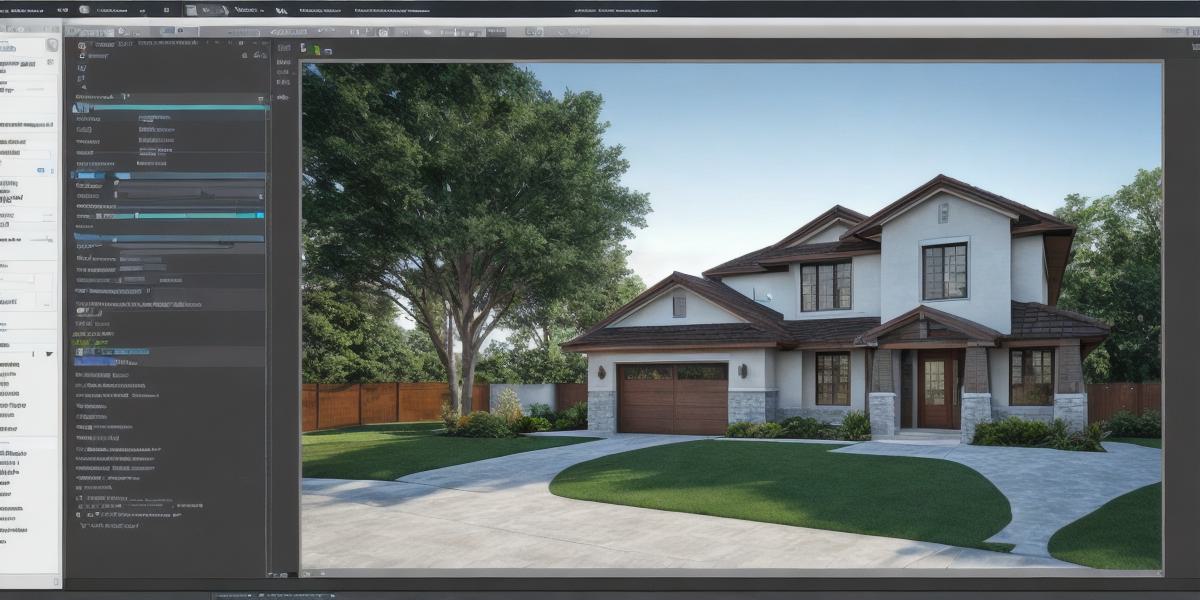Introduction:
AutoCAD is a powerful tool for creating 2D designs, but with the rise of AI technology, it’s now possible to take those designs and turn them into stunning 3D models. In this article, we will explore how AutoCAD designs can be transformed into 3D models using AI, and we will look at some real-life examples of how this technology is being used in the industry today.
How AutoCAD Designs are Turned into 3D Models with AI:
AutoCAD designs can be turned into 3D models using a variety of methods, including direct modeling, parametric modeling, and solid modeling. Each of these methods has its own strengths and weaknesses, but they all allow for the creation of highly detailed and accurate 3D models.
One of the most popular ways to create 3D models from AutoCAD designs is by using a process called "autoconversion." This involves taking an existing AutoCAD design and automatically converting it into a 3D model format, such as STL or OBJ. There are many software tools available that can perform autoconversion, but one of the most popular is called "AutoDesk DesignScript."
Another method for turning AutoCAD designs into 3D models with AI is by using machine learning algorithms. These algorithms can analyze the data from an AutoCAD design and use it to create a highly detailed 3D model that accurately represents the original design. One example of this technology is called "DeepMotion," which uses AI to create highly realistic animations for 3D models.
Real-Life Examples:
AutoCAD designs are being used in a variety of industries, including architecture, engineering, and manufacturing. In the world of architecture, AutoCAD designs are often used to create detailed plans and models for buildings and other structures. These designs can be transformed into 3D models using AI, which allows architects to visualize the final product in a more realistic way and make any necessary changes before construction begins.
In the manufacturing industry, AutoCAD designs are used to create detailed models of products and components. These designs can be turned into 3D models using AI, which allows manufacturers to test and optimize their designs before production begins. This can help to reduce costs, improve quality, and ensure that final products meet customer specifications.
FAQs:
Q: What is the difference between direct modeling, parametric modeling, and solid modeling?
A: Direct modeling involves creating a 3D model from scratch, without using any pre-defined parameters or rules. Parametric modeling involves creating a 3D model using a set of parameters that define its shape and size. Solid modeling involves creating a 3D model by extruding, rotating, and scaling shapes in a specific order.
Q: What is autoconversion?
A: Autoconversion involves taking an existing AutoCAD design and automatically converting it into a 3D model format.
Q: How does machine learning algorithms work to create 3D models from AutoCAD designs?
A: Machine learning algorithms analyze the data from an AutoCAD design and use it to create a highly detailed 3D model that accurately represents the original design.
Summary:
AutoCAD designs can be transformed into stunning 3D models using AI technology. This allows for the creation of highly accurate and detailed 3D models, which can be used in a variety of industries, including architecture, engineering, and manufacturing. By taking advantage of this technology, businesses can reduce costs, improve quality, and ensure that final products meet customer specifications.
